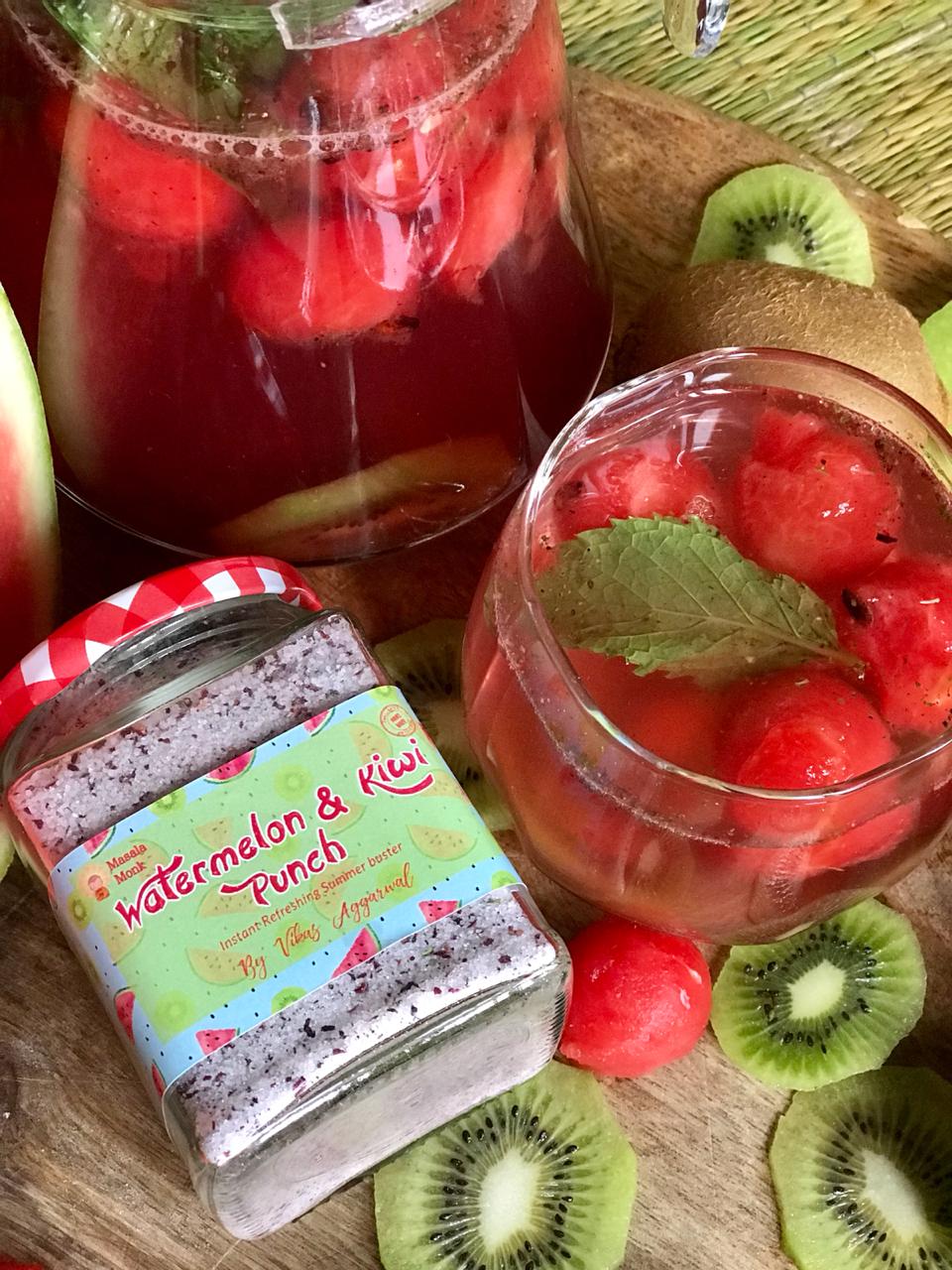
Staying hydrated is essential for maintaining overall health and well-being, and watermelon-infused water offers a delightful way to meet your hydration goals. This flavorful and refreshing beverage not only quenches your thirst but also provides a range of benefits for your body. In this extensive blog post, we’ll explore the numerous benefits of watermelon-infused water, share a detailed recipe, provide creative flavor combinations, and delve into the specific nutrients and compounds that make watermelon a hydrating powerhouse. Get ready to discover the secrets to staying hydrated and enjoying the natural sweetness of watermelon-infused water! 💧🍉
🍉 Benefits of Watermelon Infused Water Infusing water with watermelon is a fantastic way to elevate your hydration game. Here are some of the benefits of incorporating watermelon-infused water into your daily routine:
- Enhanced Hydration: Watermelon is composed of more than 90% water, making it an excellent hydrating fruit. By infusing water with watermelon, you infuse it with the natural flavors and hydrating properties of the fruit, making it easier and more enjoyable to meet your daily hydration needs.
- Improved Flavor and Enjoyment: Plain water can sometimes be boring, leading to inadequate fluid intake. Watermelon-infused water adds a hint of natural sweetness and a subtle watermelon flavor, making it a refreshing and delicious alternative to plain water. This encourages you to drink more water throughout the day, ensuring proper hydration.
- Rich in Nutrients and Antioxidants: Watermelon is not just a thirst-quenching fruit; it is also packed with essential nutrients and antioxidants. It is a great source of vitamin C, which supports immune function and collagen production and contains lycopene, a powerful antioxidant associated with various health benefits, including heart health and protection against certain types of cancer.
- Low in Calories: Watermelon is a low-calorie fruit, making it a smart choice for those looking to manage their weight or calorie intake. By infusing water with watermelon, you add a hint of flavor and sweetness without significantly increasing the calorie content.
💧 How to Make Watermelon-Infused Water Making watermelon-infused water is incredibly easy and requires minimal ingredients. Follow this simple recipe to create your own delicious and hydrating concoction:
Ingredients:
- 2 cups of cubed watermelon (seedless is recommended)
- 4 cups of filtered water
- Ice cubes (optional)
Instructions:
- Wash the watermelon thoroughly and remove the rind. Cut the flesh into small, bite-sized cubes.
- In a large pitcher, add the watermelon cubes and lightly muddle them using a wooden spoon or a muddler. This will help release the juices and flavors.
- Pour the filtered water into the pitcher, covering the watermelon cubes completely.
- Stir gently to combine the watermelon and water.
- Place the pitcher in the refrigerator and allow the flavors to infuse for at least 2-4 hours, or preferably overnight for a more intense flavor.
- When ready to serve, you can strain the watermelon cubes or leave them in the pitcher for added visual appeal and flavor bursts.
- Serve the watermelon infused water chilled, adding ice cubes if desired.
💡 Creative Flavor Combinations While watermelon infused water is delightful on its own, you can experiment with different flavor combinations to suit your taste preferences. Here are a few creative ideas to inspire your watermelon infused water creations:
- Watermelon Mint: Add a handful of fresh mint leaves to the pitcher along with the watermelon cubes. The mint adds a refreshing and cooling twist to the infusion, making it perfect for hot summer days.
- Watermelon Cucumber Lime: Slice cucumber rounds and lime wedges, and add them to the watermelon infused water for a crisp and tangy flavor combination. This combination is not only hydrating but also provides a refreshing boost.
- Watermelon Basil: Incorporate a few basil leaves into the watermelon infused water for a subtle herbal note. The basil adds a unique depth of flavor and pairs beautifully with the sweetness of watermelon.
🍉💧 Watermelon infused water is a delicious and healthy way to stay hydrated and reap the benefits of this hydrating fruit. Make it a part of your daily routine and enjoy the refreshing taste while nourishing your body with essential nutrients. Stay hydrated, stay healthy, and savor the natural goodness of watermelon infused water!












